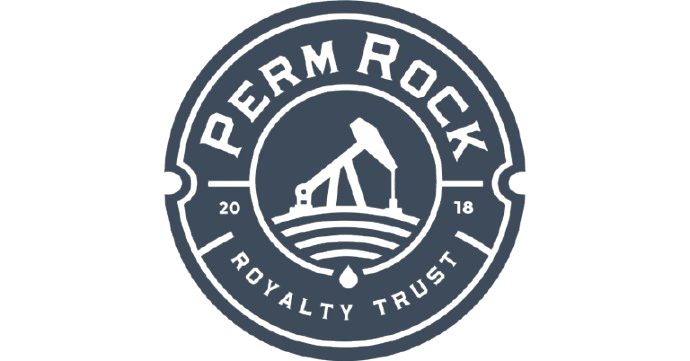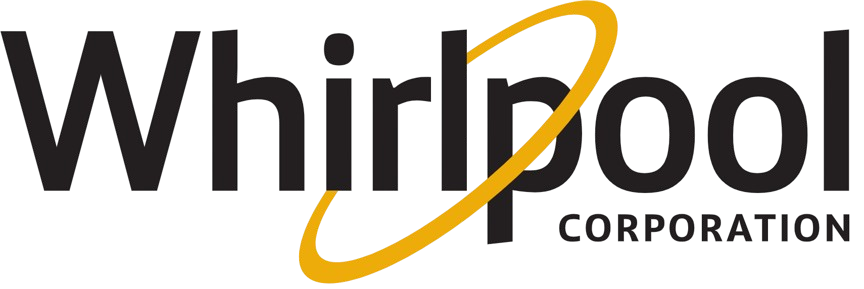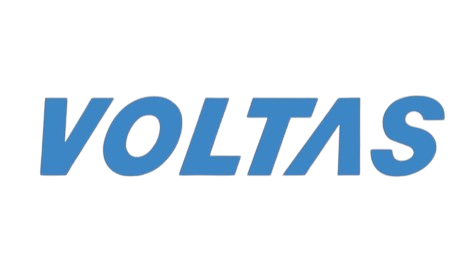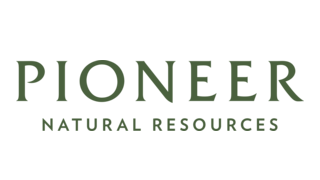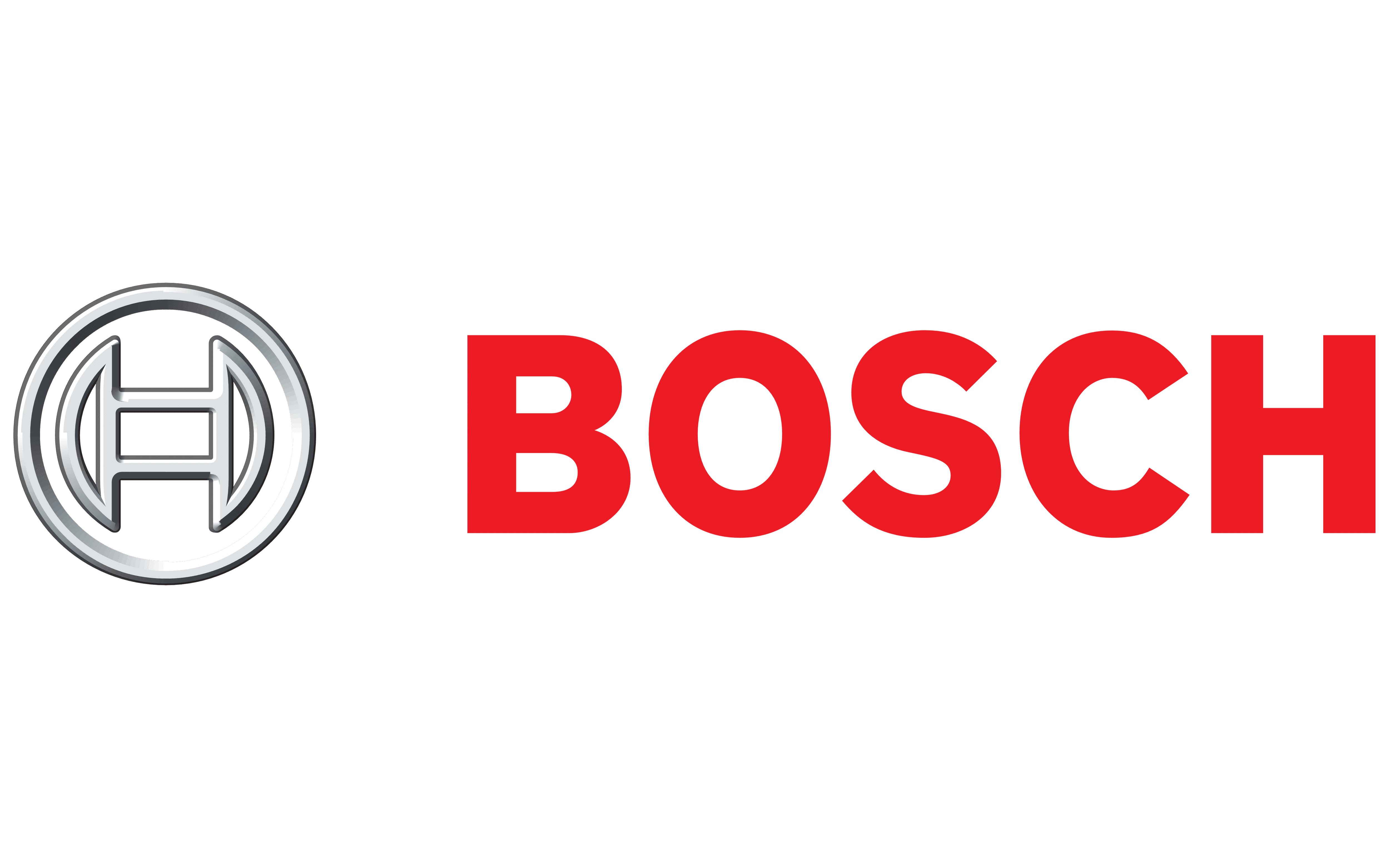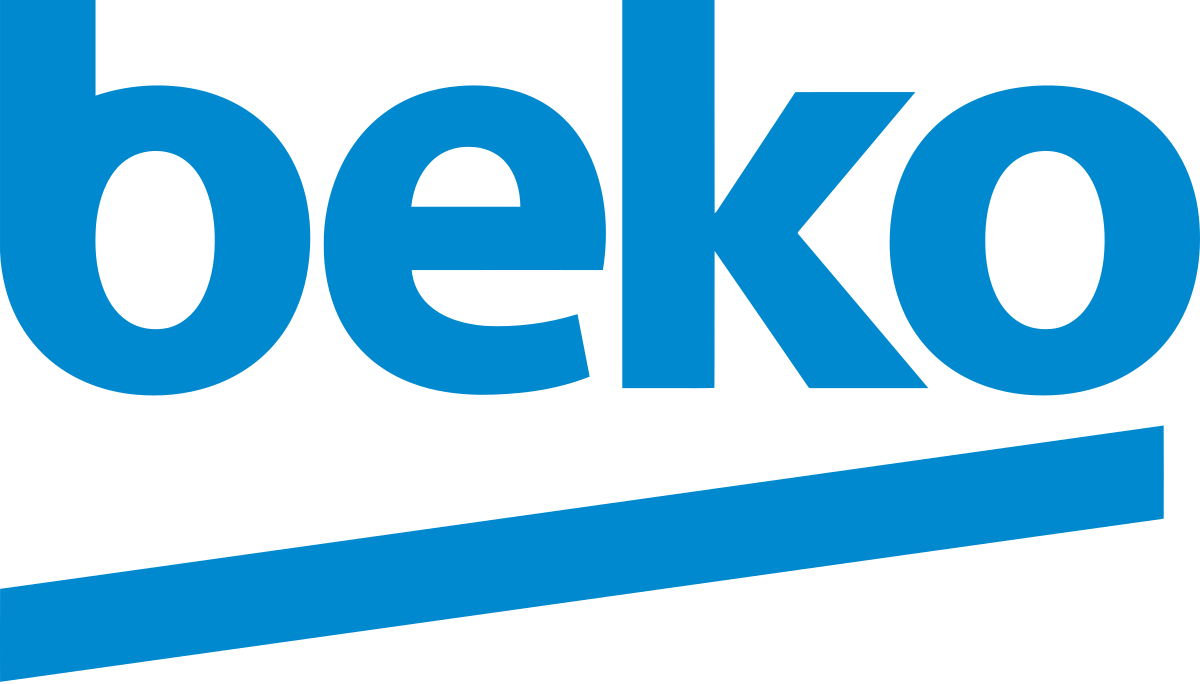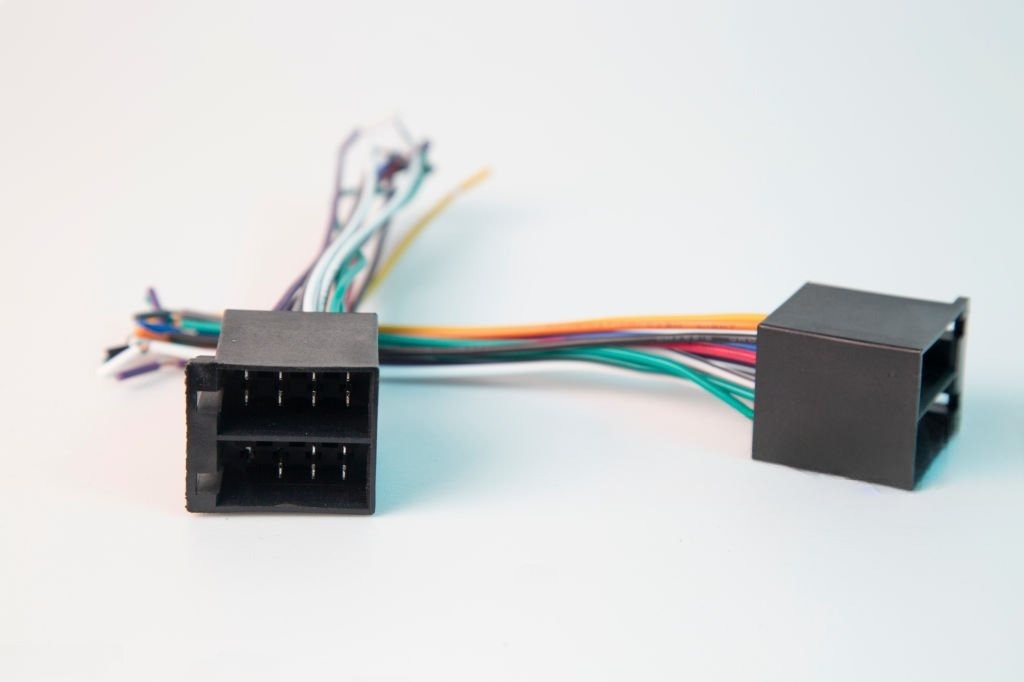
How to Model a Wiring Harness: A Complete Engineer’s Guide
Why this topic matters now
In 2025, the demand for custom wiring harnesses has surged across automotive, industrial automation, medical equipment, and consumer electronics sectors. OEMs and product engineers increasingly demand smarter, lighter, and more compliant systems that meet evolving global standards. In this environment, the ability to model a wiring harness with accuracy, scalability, and compliance built in is a competitive differentiator.
At Celestix Industries India Pvt. Ltd., we model wiring harnesses with the rigor of high-reliability engineering and the discipline of scalable manufacturing. This guide outlines the process from concept to prototype with insight rooted in engineering best practices and global standards.
Targeted Keywords
Model A wiring harness, Ford Model A electrical wiring, vintage car wiring harness, Model A restoration wiring, custom wiring harness Model A, automotive wiring harness, Model A wire harness kit, classic car electrical wiring, wiring harness for vintage cars, Model A electrical troubleshooting.
Step 1: Define the Application Requirements
Environmental conditions: Temperature extremes, moisture ingress (IP rating), exposure to chemicals, UV, or vibration.
Voltage and current ratings: Define the electrical loads to choose conductor sizes and insulation types accordingly.
Mechanical limitations: Routing paths, bend radii, available space within the equipment, and retention needs.
Regulatory and industry standards: Compliance with standards like ISO 6722, IEC 60228, UL, CE, RoHS, or vehicle-specific norms.
Lifecycle expectations: Understand whether the harness will be used in rugged, mission-critical applications or general commercial use.
Step 2: Electrical Schematic and Logical Design
Create or import the schematic: Use platforms like EPLAN or Zuken to establish all source-to-destination electrical paths.
Group wire types: Clearly separate signal, power, data, ground, and shielding paths to prevent cross-talk and ensure interference-free operation.
Connector mapping: Assign terminal types, part numbers, pinouts, and mating components.
Redundancy and safety: Include safety circuits, backups, and protective devices where applicable.
Labeling and color coding: Ensure logical mapping is traceable through labeling conventions and colors.
Step 3: Mechanical 3D Routing and Physical Layout
Integrate mechanical CAD: Import physical models (STEP/IGES) to model cable routes in the 3D space of the equipment.
Define branch points and terminations: Plan Y-splits, bulkheads, or transition points based on real installation needs.
Validate fit and slack: Simulate installation conditions digitally to validate clearances and minimize stress during routing.
Add protective elements, including grommets, corrugated tubing, sleeving, clamps, strain reliefs, and overmolding components.
Design for serviceability: Ensure maintenance tasks can be done without removing other components.
Step 4: Material Selection and Performance Evaluation
This material selection stage ensures the wiring harness meets both performance expectations and cost-efficiency targets.
Real-World Use Case: EV Startup
A fast-scaling EV startup approached Celestix to design a high-voltage wiring harness with low EMI, lightweight construction, and UL94V-0 flame resistance. In just two weeks, Celestix’s engineering team delivered a fully modeled and tested harness optimized for fast charging and thermal performance. The startup achieved 10% better power efficiency and stayed on track for their vehicle launch.
Step 5: Prototyping and Functional Testing
Build a physical prototype using cut-strip-crimp automation and semi-automated termination stations.
Continuity and high-voltage testing using automatic test benches to ensure complete path integrity.
Crimp cross-section analysis for mechanical strength and electrical conductivity verification.
Pull force testing based on AWG standards (typically 50–90N range).
Environmental simulation using thermal chambers and vibration tables to simulate real conditions.
Step 6: Compliance Documentation and Traceability
BOM and drawings: Structured per IPC/WHMA-A-620, ISO 9001, and automotive PPAP requirements.
Test reports: Continuity, hipot, visual, and torque inspection data archived per lot.
Labeling and serialization: Traceability via barcodes, labels, and wire tags.
Certificates: RoHS, CE, UL, REACH, IATF, and any project-specific export compliance.
Change management: ECNs and revision history integrated into the document system.
Final Summary and Call to Action
Harness modeling is the critical first step toward reliable, scalable, and certifiable electrical systems. At Celestix, we combine technical precision, automation readiness, and compliance rigor to deliver wiring harness solutions built for today’s global demands.
From complex automotive wiring harnesses to high-voltage EV and battery cable systems, our engineering-first approach ensures every harness is both design-accurate and optimized for manufacturability, field performance, and regulatory compliance.
Why Celestix?
100% in-process and final quality control – visual inspections, electrical tests, and documentation audits
Certified manufacturing – ISO 9001, IATF 16949, UL, CE, RoHS, REACH, IPC/WHMA-A-620
Scalable capacity – up to 5–6× output without quality compromise
In-house support – CAD, prototyping, lab testing, and VAVE consultations
Flexible build volumes – from prototypes to high-volume production
Pune location – proximity to ports, supply hubs, and skilled labor
DRIVE-led culture – Dedication, Respect, Integrity, Value, and Excellence
What You Get with Celestix
Engineering foresight – expert input on materials, routing, and cost optimization
Manufacturing precision – barcode scanning, IPC-trained operators, and process error-proofing
Operational agility – fast iteration on urgent orders or design changes
Design transparency – wire lists, connector specs, and full documentation
Lifecycle support – from prototype to post-launch revisions
Why Customers Switch to Celestix
Prior supplier quality failures in the field
Long prototyping lead times and no schedule visibility
Non-compliance with RoHS, CE, IPC-620
Lack of engineering input for iterative design
Celestix offers:
CAD files, test reports, traceability, and full documentation
VAVE supports optimizing cost and performance
Fast quotes, short lead times, and in-house component inventory
Ready to Start?
Let’s build your next wiring harness—accurate, compliant, and ready for the real world.
Email our engineering team at info@celestixindustries.com
Or submit your specs at celestixindustries.com/GetaQuote
We’re ready when you are.
